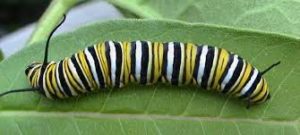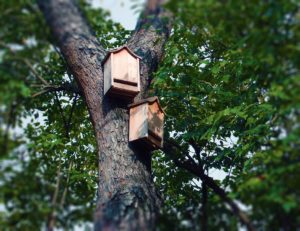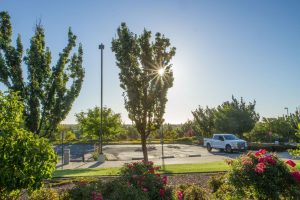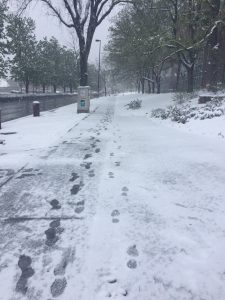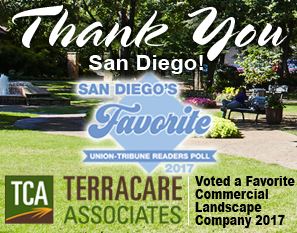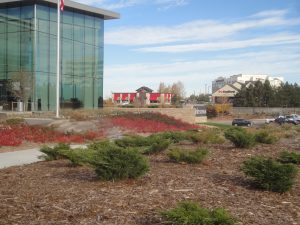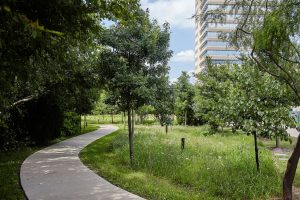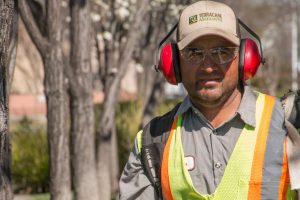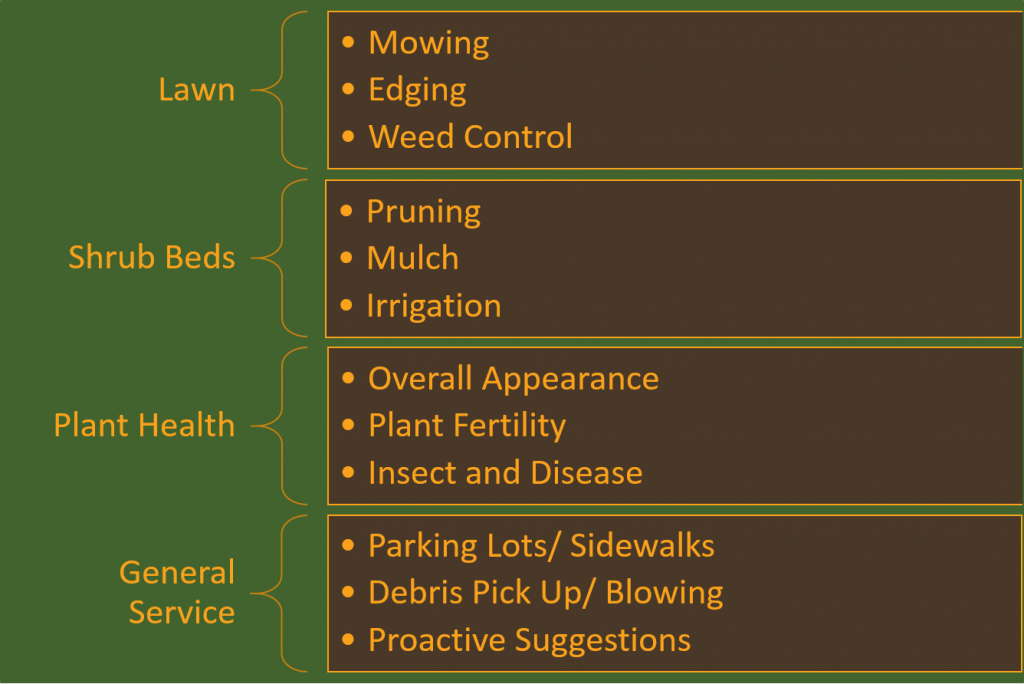As a property owner, the sustainability of the landscape is essential in not only saving money, but also providing a lasting impact on the environment. One factor that you might not have considered when thinking about sustainability is planting native grass. The word “native” means that the plant is indigenous to the area and can thrive without human contributions such as fertilizers and other lawn care treatments. Along with that native grass has many other benefits to a commercial landscape property, below are a few of those benefits.
Reduces heat
Lawns reduce environmental heating through cooling evaporation. On sunny days, air temperatures over lawns stay 10 to 15 degrees Fahrenheit cooler than air over asphalt or concrete. The resulting cooler air temperature means lower cooling costs for your building.
Curb appeal
 Green spaces make your property more attractive and increase its value. On average, buyers are willing to pay 11 percent more than asking price for a well-landscaped property. On top of that, customers spend more time and money when businesses have attractive landscaping. Adding grass to your property not only attracts customers, it also makes a commercial landscape property more attractive to potential employers and decreases turnover.
Green spaces make your property more attractive and increase its value. On average, buyers are willing to pay 11 percent more than asking price for a well-landscaped property. On top of that, customers spend more time and money when businesses have attractive landscaping. Adding grass to your property not only attracts customers, it also makes a commercial landscape property more attractive to potential employers and decreases turnover.
Stress reduction
Many studies prove that exposure to natural greenery reduces stress, lowers blood pressure, reduces muscle tension, improves attention and increases feelings of happiness. People who work in an environment with a view of nature have been found to recover from stress more quickly and experience less job pressure and greater job satisfaction. Exposure to nature has even been shown to increase work productivity. An investment in green space is a positive investment in your company.
Reduces soil erosion
Native grass has an extensive root system that locks soil in place to protect against wind and water. A single grass plant can have up to 300 miles of erosion-controlling roots. Gardens and other types on landscapes can experience up to 600 times more erosion than natural lawns, meaning more money shelled out by property owner’s for maintenance.
Purifies air and improves air quality
Approximately 12 million tons of impurities are absorbed from the air by turf grass each year. One these impurities is the greenhouse gas carbon dioxide. U.S. lawns alone capture an estimated 5% of the atmosphere’s carbon dioxide annually. Grass absorbs these impurities and moves them to the root zone where soil microbes help break down pollutants. Growing natural grass on your commercial property is a great way to decrease your business’s carbon footprint.
Produces oxygen
Grass is a living organism, meaning it takes in carbon dioxide and releases oxygen into the atmosphere. A lawn measuring 2,500 square feet generates enough oxygen to meet the daily needs of a family of four.

